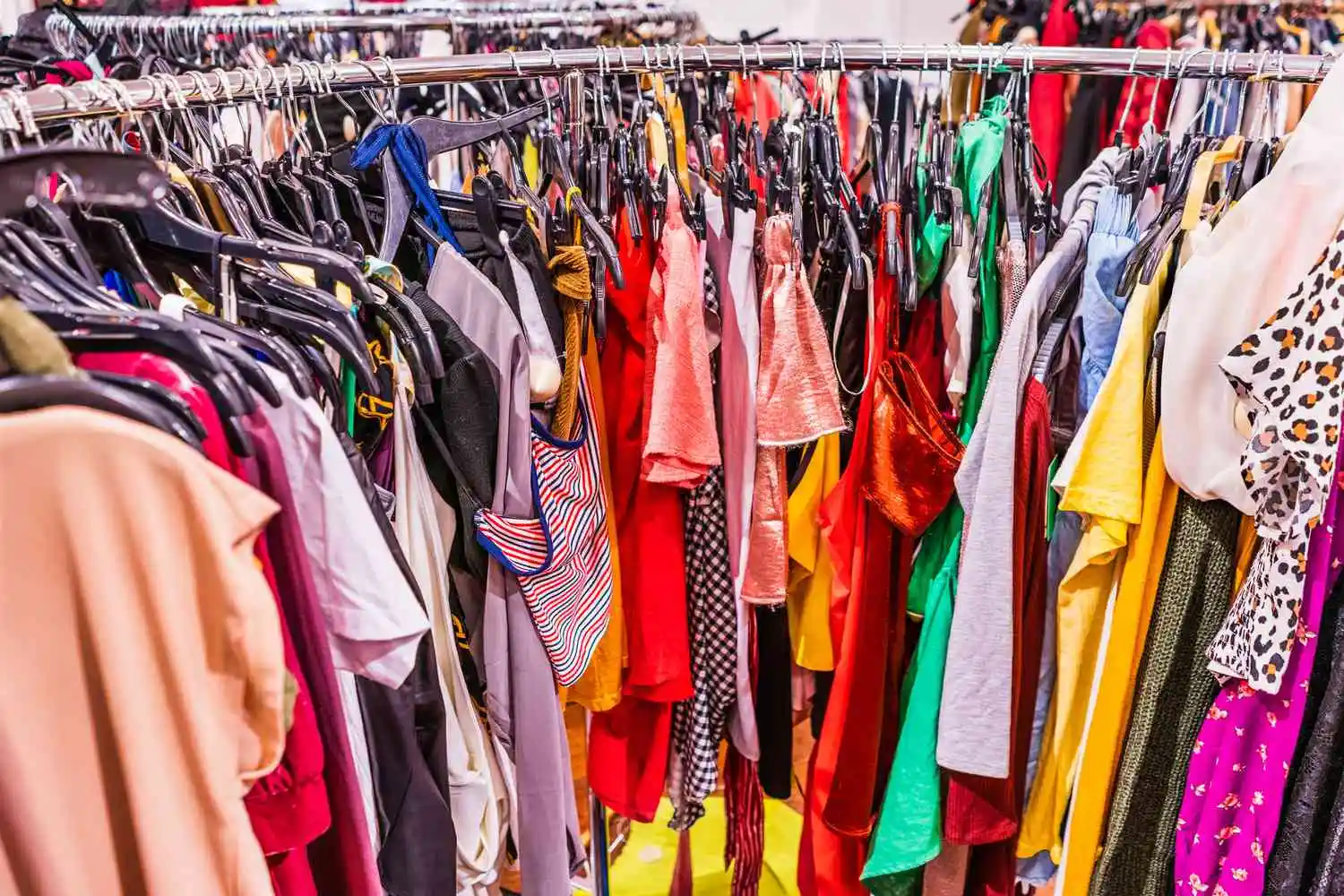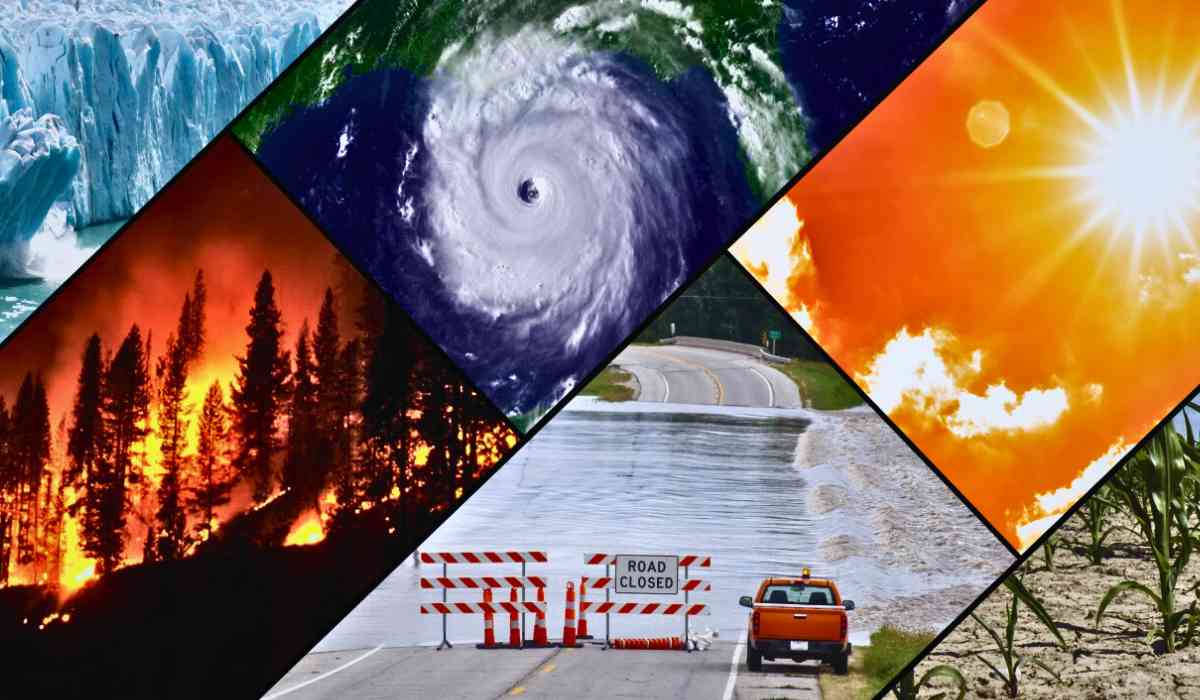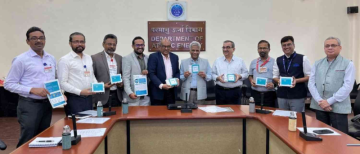Climate change is often portrayed as a distant crisis, driven by smokestacks, oil rigs, and sprawling factories. While these large-scale sources are undeniably significant, the reality is that the roots of climate change extend deep into the routines and choices of our everyday lives. Many of the most impactful contributors to global warming are woven into the fabric of daily existence-often hidden in plain sight. Understanding these hidden causes is crucial if we are to make meaningful progress in combating climate change.
The Science Behind Climate Change

At its core, climate change is driven by the accumulation of greenhouse gases in Earth’s atmosphere. These gases-primarily carbon dioxide (CO₂), methane (CH₄), and nitrous oxide (N₂O)-trap heat, preventing it from escaping into space and thereby warming the planet. Human activities since the Industrial Revolution, especially the burning of fossil fuels, have dramatically increased the concentration of these gases, pushing them to levels not seen in millions of years.
But while industrial processes and power generation are widely recognized as primary culprits, a significant portion of emissions can be traced back to individual and household behaviors.
Hidden Contributors in Daily Life
1. The Digital Carbon Footprint

Streaming movies, online gaming, cloud storage, and constant social media scrolling are now everyday activities. However, few realize the environmental impact of the digital world. Data centers that power the internet require vast amounts of electricity, much of which is still generated from fossil fuels. Streaming an hour of video can emit as much carbon as driving several miles in a car. Even leaving devices on standby or using high screen brightness settings increases energy demand.
What You Can Do:
-
Reduce unnecessary streaming and downloads.
-
Use energy-saving settings on devices.
-
Support platforms powered by renewable energy.
2. Water Usage and the Water-Energy Nexus

Heating, treating, and pumping water is energy-intensive. Long showers, excessive lawn watering, and inefficient appliances all contribute to higher energy consumption, which, if sourced from fossil fuels, increases greenhouse gas emissions. Even actions as simple as fixing leaks or using low-flow fixtures can make a difference.
What You Can Do:
-
Take shorter showers and fix leaks promptly.
-
Install water-efficient appliances.
-
Collect rainwater for gardening.
3. Food Choices and Dietary Habits

The food industry is a major source of emissions, particularly from livestock farming. Cows, for example, produce methane-a greenhouse gas far more potent than CO₂-through digestion. The global scale of meat and dairy consumption means that our dietary choices have a direct impact on the planet. Additionally, food waste in landfills decomposes anaerobically, releasing methane.
What You Can Do:
-
Reduce meat and dairy consumption.
-
Choose locally sourced, seasonal foods.
-
Compost food scraps to reduce landfill waste.
4. Transportation Beyond the Obvious

While car and air travel are well-known sources of emissions, even short trips, frequent rideshare use, and delivery services add up. The convenience of online shopping, with its packaging and rapid delivery options, increases emissions from transportation and logistics.
What You Can Do:
-
Walk, cycle, or use public transport when possible.
-
Consolidate errands to reduce trips.
-
Opt for slower, grouped delivery options when shopping online.
5. Home Energy Use and Hidden Electricity Hogs

Heating, cooling, and lighting our homes are major sources of emissions, especially when powered by fossil-fuel-based electricity. Appliances left plugged in, even when not in use, continue to draw power-a phenomenon known as "phantom load." Air conditioning, particularly in warmer climates, is a significant and growing contributor.
What You Can Do:
-
Unplug devices when not in use.
-
Use energy-efficient appliances and LED lighting.
-
Set thermostats wisely and improve home insulation.
6. Waste Generation and Disposal

Waste, especially organic material in landfills, emits methane as it decomposes. The production and disposal of single-use plastics, packaging, and fast fashion also have substantial carbon footprints. Recycling rates remain low in many regions, and incineration or landfill disposal continues to release greenhouse gases.
What You Can Do:
-
Reduce, reuse, and recycle wherever possible.
-
Avoid single-use items and excessive packaging.
-
Support circular economy initiatives and sustainable brands.
7. Landscaping and Gardening Practices

Maintaining traditional lawns often involves gas-powered mowers, chemical fertilizers, and excessive watering-all of which contribute to emissions and water scarcity. Native plant landscaping, or xeriscaping, requires less maintenance and supports local biodiversity.
What You Can Do:
-
Switch to native, drought-tolerant plants.
-
Use manual or electric gardening tools.
-
Compost yard waste instead of sending it to landfill.
8. Paper Consumption and Deforestation

Paper production is a hidden driver of deforestation, which reduces the planet’s capacity to absorb CO₂. Everyday choices-such as printing unnecessarily, using disposable paper products, or not recycling-add up. When forests are cleared, not only is carbon storage lost, but the carbon stored in trees is released back into the atmosphere.
What You Can Do:
-
Go digital when possible and print only when necessary.
-
Use recycled paper products.
-
Support sustainable forestry initiatives.
9. Clothing and Fast Fashion

The fashion industry is responsible for significant emissions, water usage, and pollution. Fast fashion encourages frequent purchases of low-quality clothing, much of which ends up in landfills. The production process itself is energy-intensive and often relies on fossil fuels.
What You Can Do:
-
Buy fewer, higher-quality clothes.
-
Choose sustainable brands.
-
Donate or recycle clothing rather than discarding it.
The Ripple Effects: Climate Change’s Hidden Impacts on Daily Life

While the causes of climate change are often hidden in daily routines, so too are its effects. Rising temperatures are leading to more frequent heatwaves, which can disrupt sleep, increase health risks, and strain energy systems. Food prices are rising as crops are damaged by droughts and floods-an effect many only notice at the checkout counter. Increased humidity and rainfall can promote mold growth in homes, impacting respiratory health.
The Power of Awareness and Action
The hidden causes of climate change in daily life are not insurmountable. By becoming aware of the carbon footprint of everyday choices, individuals can drive demand for more sustainable products and services. While systemic change is essential, collective action at the individual and community level is a powerful force for reducing emissions and building resilience.
Key Takeaways
-
Everyday activities-from streaming videos to maintaining lawns-contribute to climate change, often in ways that are not immediately obvious.
-
Small changes in behavior, when multiplied across millions of people, can have a significant impact.
-
Awareness is the first step toward meaningful action; by understanding the hidden causes, we can make more informed choices and advocate for broader change.
Climate change is not just the result of distant factories or government policies-it is shaped by the sum of billions of daily decisions. The hidden causes embedded in our routines are both a challenge and an opportunity. By shining a light on these overlooked contributors and making conscious choices, each of us can play a vital role in shaping a more sustainable future.
"Climate change is an urgent global issue, and while we often think of large-scale industrial activities as the primary culprits, it’s essential to recognize the unexpected ways our daily lifestyle choices can also contribute to this problem."
Recognizing the hidden causes of climate change in our daily lives is the first step toward a cooler, more stable planet for generations to come.
With inputs from agencies
Image Source: Multiple agencies
© Copyright 2025. All Rights Reserved Powered by Vygr Media.
























